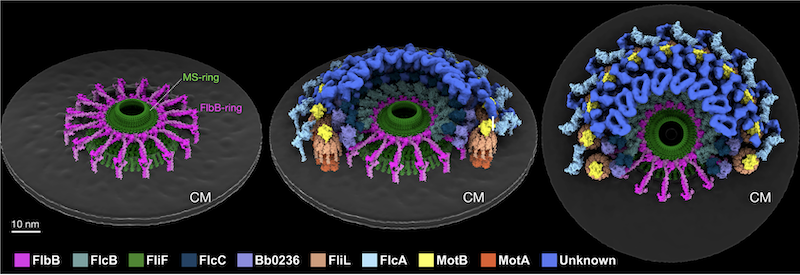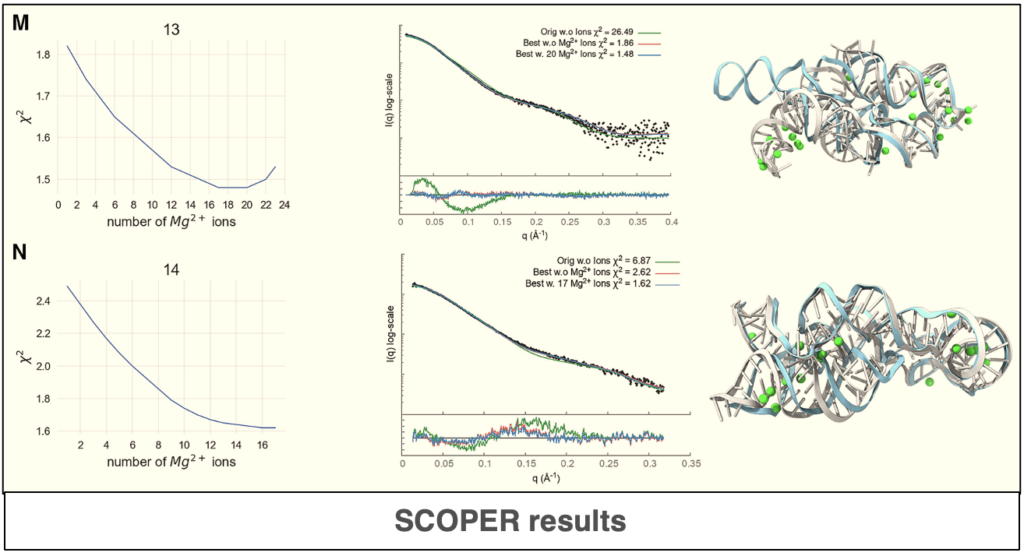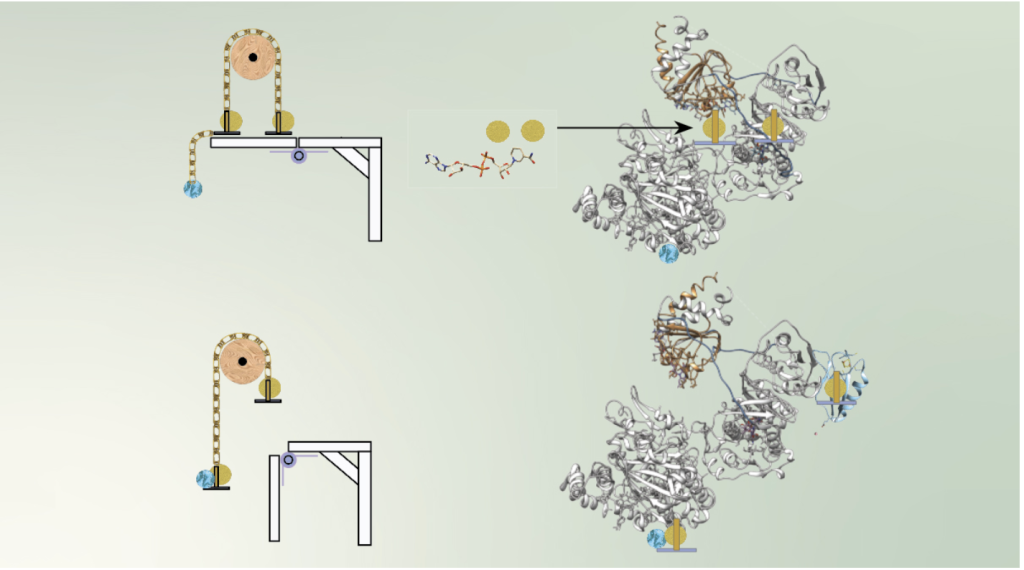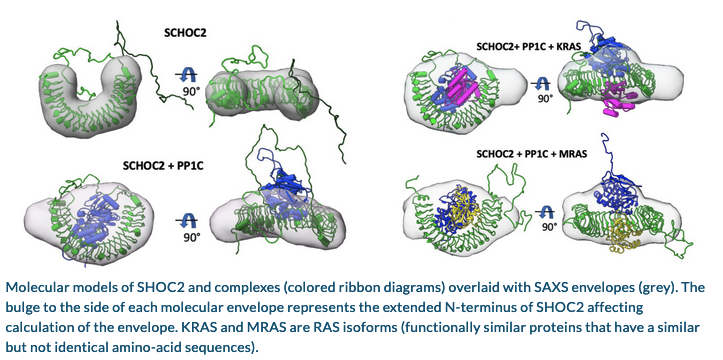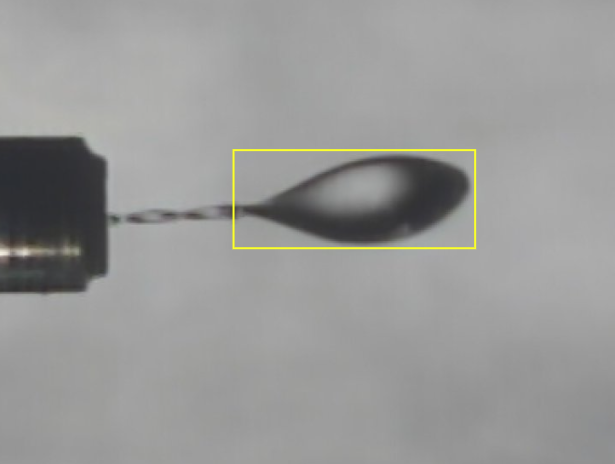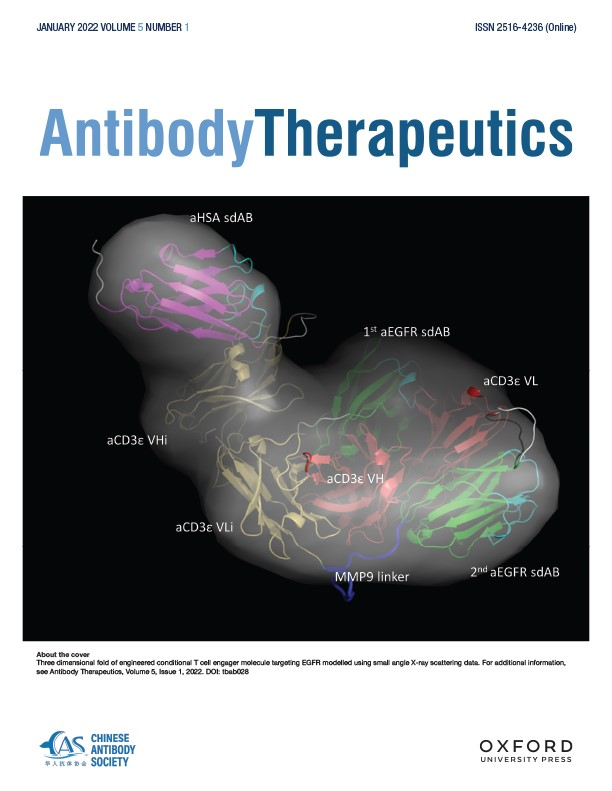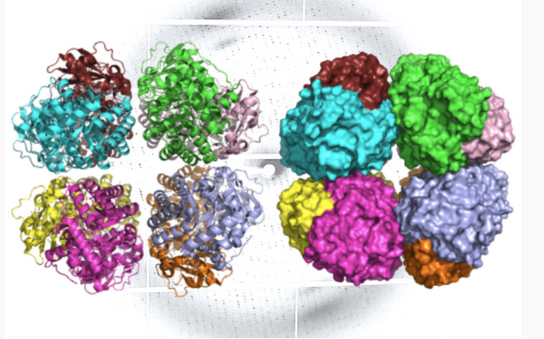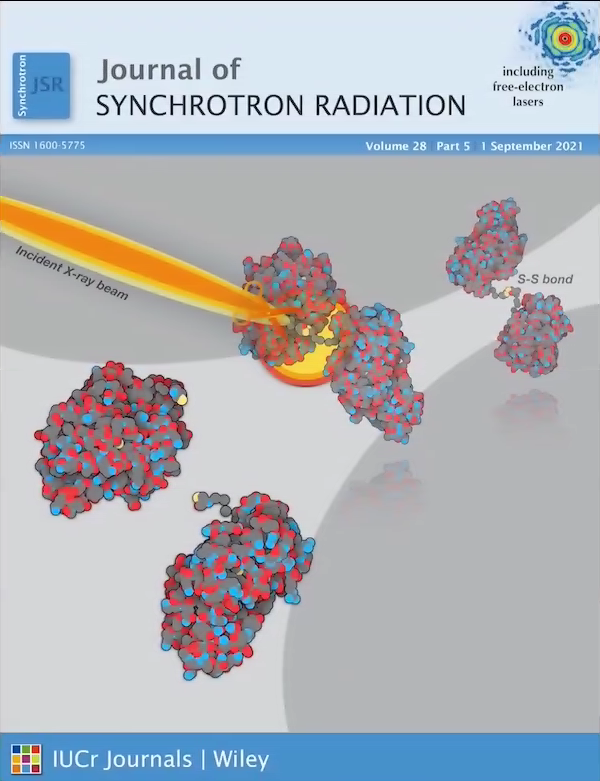FlbB forms ring for assembly and motility
For this publication, the authors utilized SEC-SAXS data collected at SIBYLS beamline 12.3.1, along with SAXS model fitting, to confirm and further analyze the proteins of interest. Beamline scientist Michal Hammel and Postdoc Joshua Del Mundo played a vital role in the research. This work provides crucial mechanistic insights into spirochete-specific adaptations and their roles…
Read more
